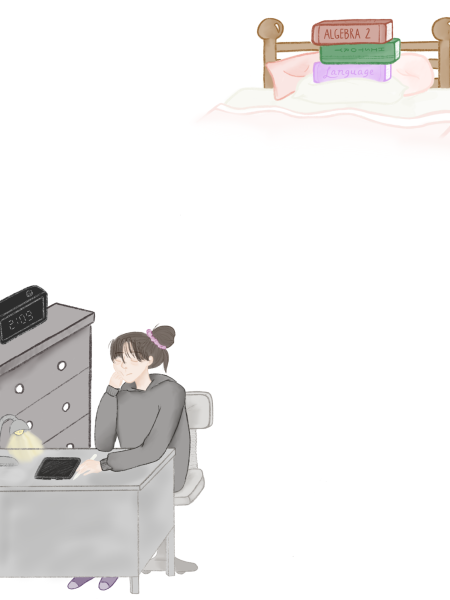Racism Hidden with Picture Books
Racism is not restricted to history books; you can actually find it in the children’s section at the library. Popular Dr. Seuss books, such as “If I Ran the Zoo” and “To Think that I Saw It on Mulberry Street” have been removed from circulation after complaints of racism. Supporters of the actions taken claim that the removal of such books is a necessary change to show worldwide acceptance of all cultures, especially those of minorities that have been discriminated against in the past. With Black Lives Matters protests against racism in the police force, as well as anti-Asian sentiment that increased in light of COVID-19’s Chinese origin, the general public has become more susceptible to change and acceptance associated with eliminating racism. Critics, on the other hand, believe that the recent ban on certain Dr. Seuss’ books stem more from “cancel culture” than from reworking offensive literature. From confederate statues to children’s books, opposers of the ban claim that rewriting history can be dangerous, and that relics from the past should be kept in the past, but viewed through a modern lens. Both sides possess validity, and touch upon the delicate stream of consciousness all Americans foster, as we struggle to move past a checkered history of slavery, colonialism and racism.
With changing times comes changing reading, and if “And to Think That I Saw It on Mulberry Street” and “If I Ran the Zoo” have images discriminant of Black and Asian people, they should be removed. It is an obvious solution to a sensitive problem, but the decision was not made lightly by Dr. Seuss Incorporate. It was based on extensive research which included audience feedback, teachers’ opinions and the studies of academics to make this decision. Moreover, going as far back as the ’80s, parents and children who read these books with blatant imagery against certain groups voiced complaints. Children can be influenced by these images, and the commonly accepted fact that children are born “color-blind” is not only false, but if left unaddressed, can be very harmful to a child’s development. Children learn from their parents, and are highly susceptible to the power of suggestion. Social attitudes expressed in books or nursery rhymes can easily translate to a child’s underlying feelings towards other races, especially when parents do not correct these assumptions. In addition to the implicit messages sent to children, these books also send the wrong message to the general public by celebrating works of literature that are offensive to some groups of people and promote hate rather than acceptance. Dr. Seuss Incorporated has encouraged parents to read their children’s books without a resoundingly white target audience, to show children the entire world, rather than a singular part of it. By including books with people of different color, religion, and sexual orientation, the children of today will grow into empathetic, accepting adults who believe in equality for everyone.
Those in favor of keeping Dr. Seuss’s books in print claim that the memory of Dr. Seuss is being unjustly tarnished by accusations of racism and that the images in question are fictional representations without a hidden meaning. Dr. Seuss has been a celebrated author for decades, and many are sentimental as they remember “The Cat and the Hat” and “One Fish, Two Fish” from their own childhoods. Despite racial undertones, Dr. Seuss’s stories include universal values such as caring for the environment, sharing, and fostering curiosity in his works. On top of that, Read Across America Day is on Dr. Seuss’s Birthday, paying tribute to the fact that his books have encouraged children to take an interest in reading and learning at a young age. His books have shaped children’s literature like no other, and while children’s books like “Babar” and “Tin Tin” have been pulled before for promoting colonialism, the level of outrage was not near the backlash faced by the removal of Dr. Seuss’s stories. On the academic side, some historians believe that removing these books from circulation glosses over slavery and stereotypes that are intertwined with America’s past. People have the choice to not buy the books, but removing them entirely makes it seem like the racial transgressions never happened, and therefore takes away an important teaching moment.
Removing a couple of picture books from circulation may not seem like a major issue, but it brings into question ideas on censorship, diversity in the publishing world, and how the country should move forward in its battle against systemic racism. Whether you are on Team Cat in the Hat or not, remembering the racial inequality of the past is important, and taking the time to consider the way we see others sometimes goes all the way back to childhood. These six books are the start of a major change at the heart of publications, and a moral reckoning that has begun to sweep the country. In the words of Dr. Seuss himself, “Unless someone like you cares a whole awful lot, nothing is going to get better. It’s not.”

Hi, my name is Skye! I joined Imua in 8th grade because it was the only available writing elective, and I stuck with it because I love the journalistic...










